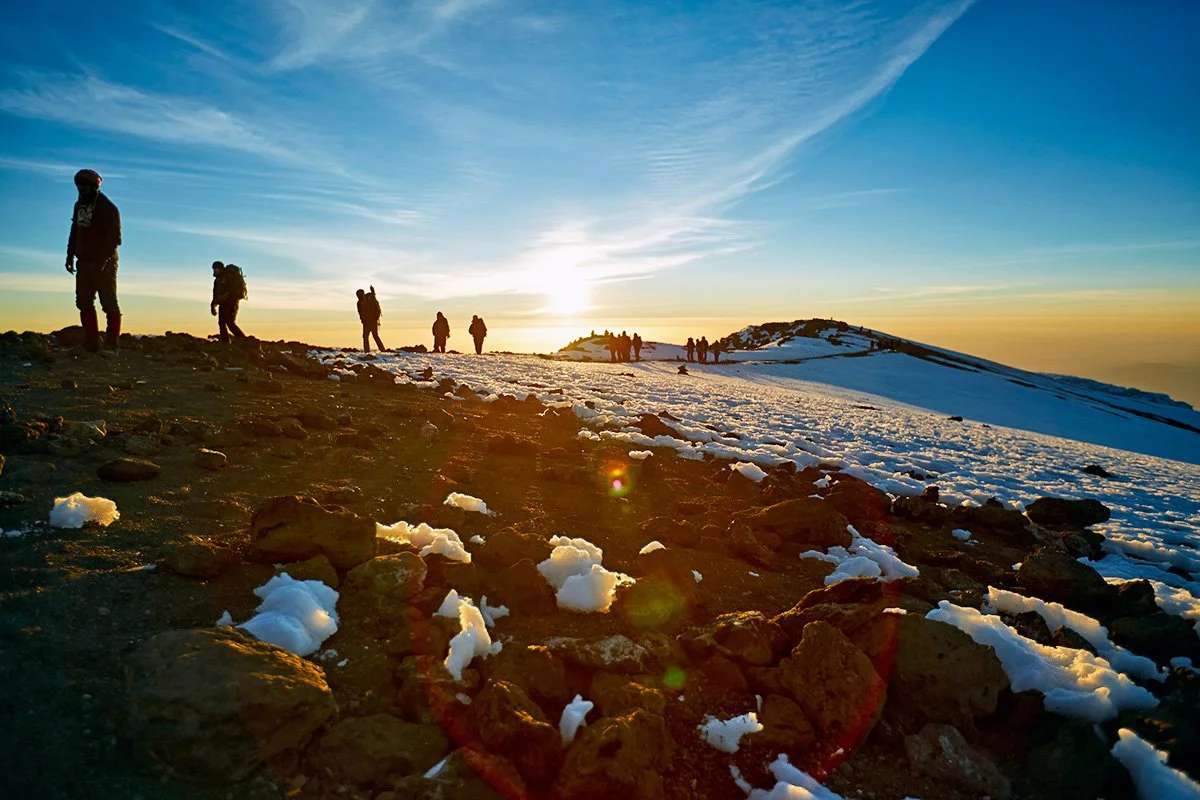ON THE MOUNTAIN
Trekking at ALTITUDE
At high altitude, it is typical for trekkers to feel some physical effects such as loss of appetite, fatigue, or headache. Symptoms become more severe if you experience acute altitude sickness. Symptoms of acute altitude sickness can include trouble breathing while resting, severe coughing, confusion, impairment of motor skills, and irrational behavior.
Notify your guide immediately if you believe you are experiencing any of these symptoms. As a highly-trained professional, your guide makes your safety his top priority. If he suspects that you are suffering from an acute form of altitude sickness, you will need to descend immediately to a lower altitude with a support guide.
FIRST AID ON KILIMANJARO
All of your Kilimanjaro guides are trained and certified Wilderness First Responders (WFR). They have extensive training in evacuation procedures, altitude sickness, and trekking leadership skills. Your safety is their number one priority; each trek includes first aid equipment that meets internationally recognized guidelines.
First aid equipment on your trek:
• Oxygen (for emergencies only)
• Hyperbaric chamber (Gamow bag)
• Automated External Defibrillator (A.E.D.; for heart emergencies)
• Diagnostic acclimatization pulse-oximeter
• Mobile phones, VHF 2-way radios, and satellite phones
• Stretcher
• Comprehensive medical / first aid kits
You should also pack your own personal first aid kit for minor pains, cuts, bruises, blisters, altitude sickness, etc. Refer to the packing list for more details.

